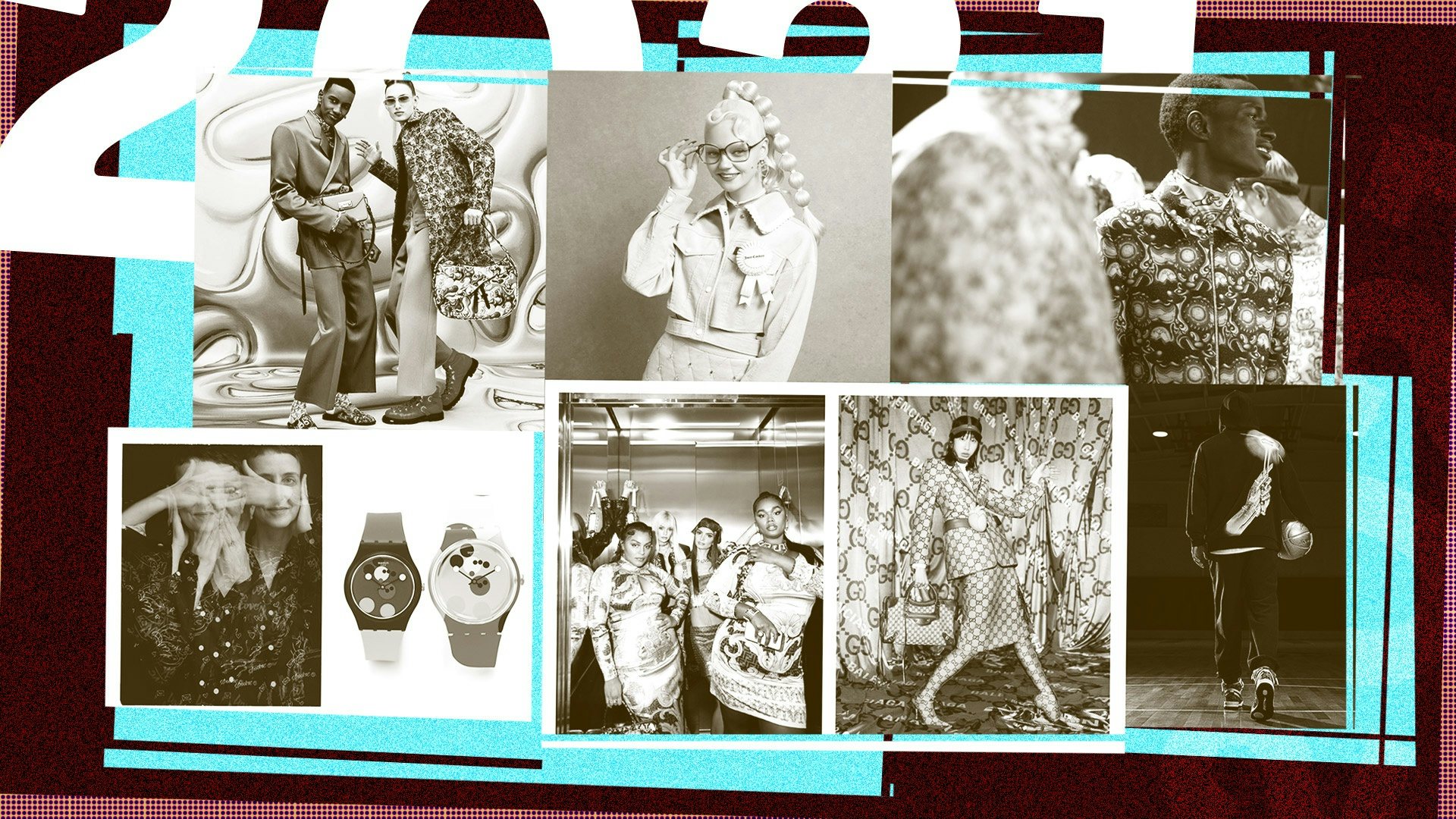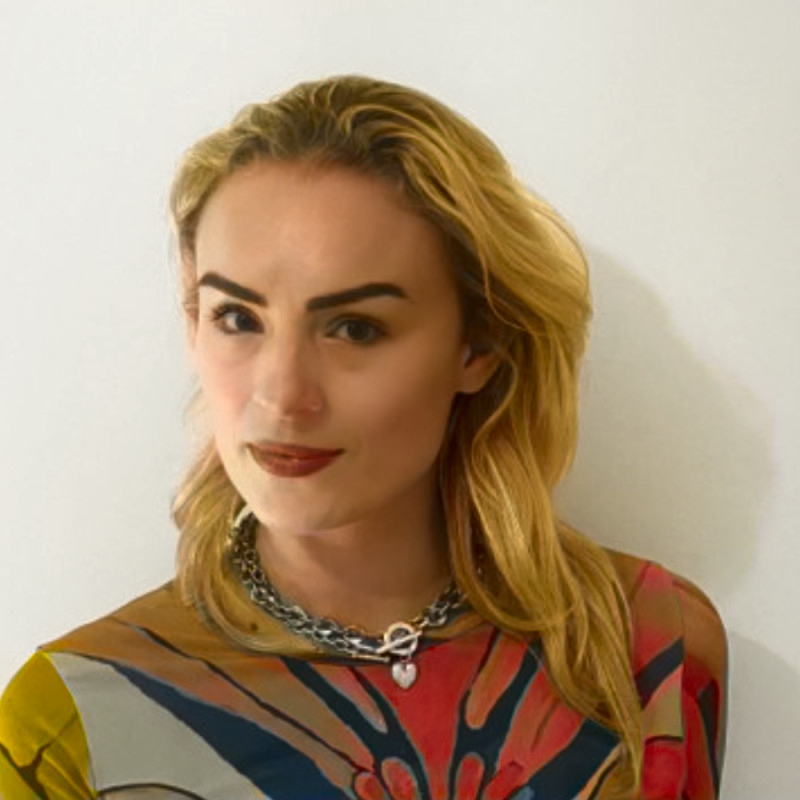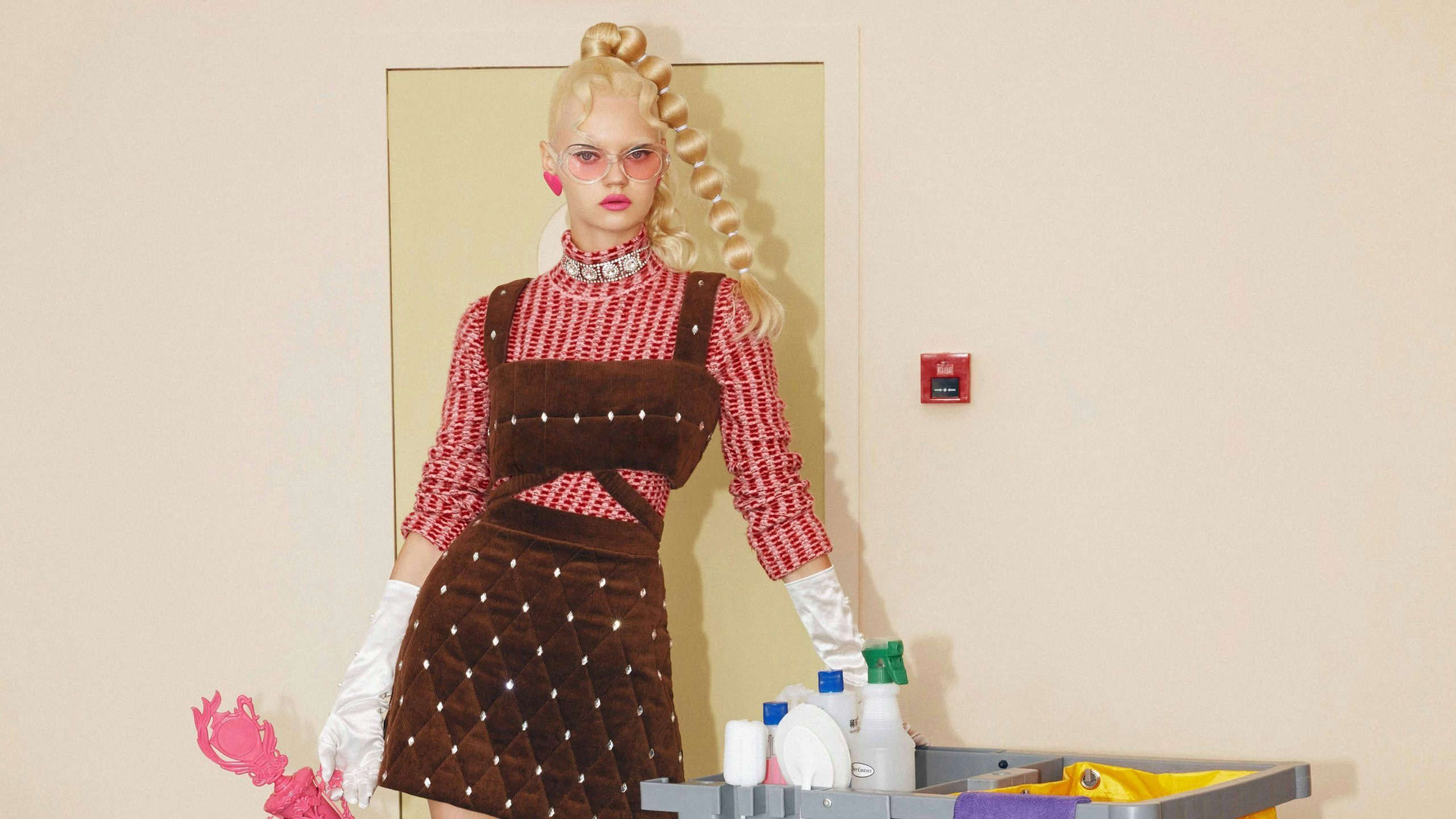Dedicated to unpacking the leading co-branded releases in China and beyond, the Jing Collabs & Drops newsletter published ten jam-packed issues in 2021. It was the year Gucci merged with Balenciaga, Fendace happened, luxury embraced NFTs, and Tiffany & Co. got Supreme-ified. In short, collaboration news dominated the industry.
Amid all the noise, Jing Collabs & Drops highlighted the collaborations that generated global conversations over the past five months, analyzing them with data sourced from the shopping platform Lyst and the social listening tool Digimind. Each spotlight revealed specific trends, making sense of this over-saturated space by evaluating what consumers and experts are thinking about it.
But what exactly have we learned about co-branded marketing from our China and global spotlights? Are there distinct trends arising from the collab chaos? And what can brands take into 2022? Through a combination of insight from our guest interviewees and data pulled from previous issues, we have curated four key Jing Collabs & Drops takeaways for 2021.
Brands need KOLs and not the other way around#
Among all the collaborations we analyzed, one thread connecting those with the highest levels of engagement was KOLs (key opinion leaders). In July, the SHUSHU/TONG x Estée Lauder collaboration, for example, relied on the fans of 罗一周/Luo Yizhou, as the collaboration hashtag bearing his name reaching 507k discussions. Meanwhile, the Toiletpaper Magazine x Peacebird capsule attracted over 2 million reads on Weibo, thanks to influencers like @独行中的yeonee discussing it.
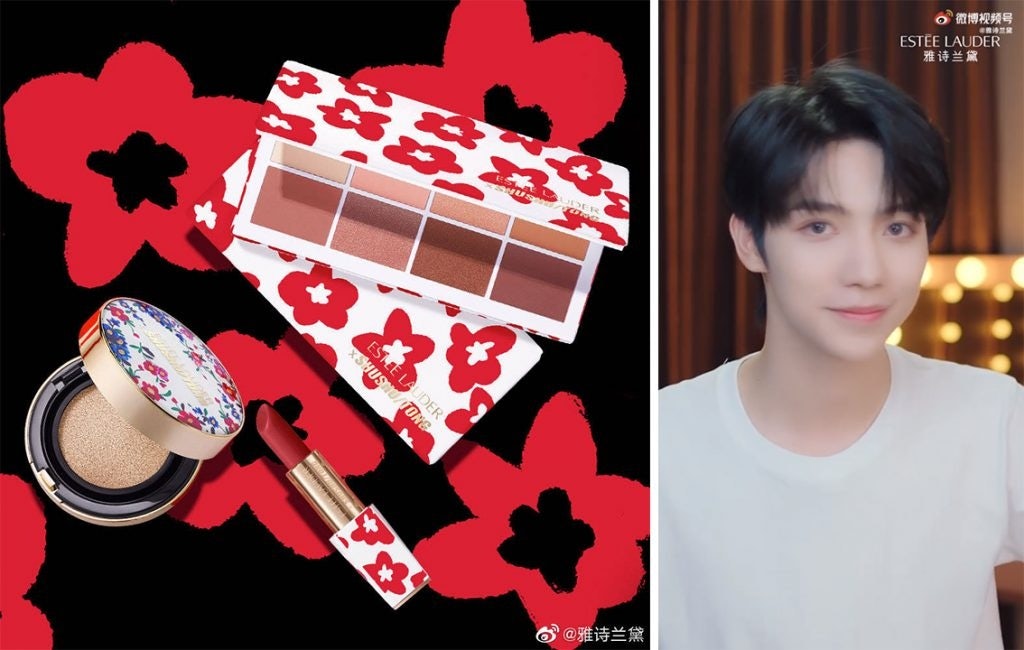
Clearly, brands cannot rely on their own account engagement for social media campaign traffic in China. Even the brand Bobbi Brown, which boasts over one million followers on Weibo, had to rely on Chinese actress Ni Ni and famous idol Junkai Wang to promote its Monopoly collaboration successfully this past October.
But the most telling fact from Jing Collabs & Drops has to be how Bicester Village Shanghai achieved a trending, worldwide hashtag, #BicesterVillagexPatrick, on September 6 because of its appointment of the Chinese idol group INTO1’s Nattawat Finkler (or Patrick) as its brand ambassador. In 2021, fanbases drove online discussions, and they will continue to do so for 2022.
Taking it back to childhood#
Another common trend throughout 2021 was the popularity of licensing IPs from familiar cartoon TV shows. The psychological impact of COVID-19 left people yearning for familiarity with their purchases, and brands took note, from the Japanese cosmetics company Shu Uemura joining Hello Kitty for a limited-edition collection to Gucci dropping a Hot Wheels collectible and Bobbi Brown collaborating with Monopoly. Dao Nguyen, the founder of Essenzia, a boutique marketing agency dedicated to fragrance and beauty brands, said about the latter: “It resonates with Gen Zers, who played it in their dormitories. It reminds them of funny memories and goes a bit further than the 'cute' effect that is generally leveraged with IP cross-collaborations.”
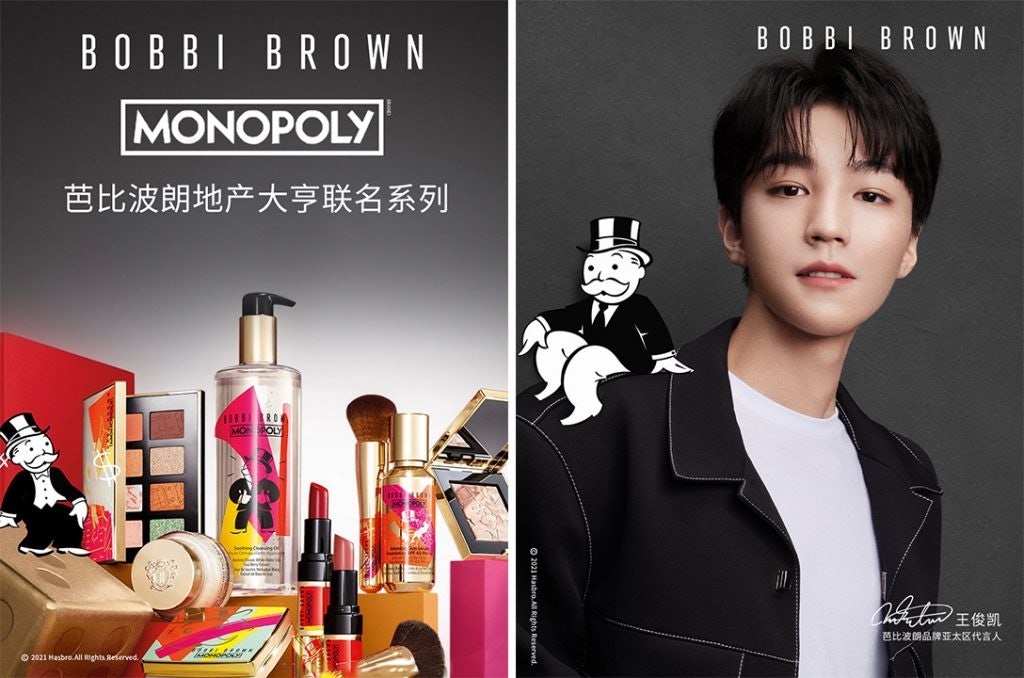
The emerging US beauty brand La Pierre Cosmetics collaborated with Shrek, reflecting this trend in an advanced way and embracing how the friendly ogre has become the surprising love interest of TikTokers worldwide. Online pop-culture expert Casey Lewis called the cosmetics collection a great venture into “meme culture,” which other brands should emulate.
Global brands need Chinese labels#
For those looking to connect with their consumer base in China, this past year has proven that local brand crossovers can be an innovative opportunity. Famed for its velour tracksuits, Juicy Couture collaborated with a Chinese brand for the first time in 2021 by launching a capsule with STAFFONLY. The CEO of China-focused Digital Marketing Agency QUMIN, Arnold Ma, explained that domestic brands understand China’s consumers more than anyone, and this particular collab was created around how Chinese women love vintage aesthetics.
These collaborations also offer brands the chance to learn more about their own identity through independent Chinese designer collaborations, as with the UGG and Feng Chen Wang collaboration. The designer told Jing Collabs and Drops that “for my own design, I prefer to draw inspiration from personal stories and talk with the community to reflect more diversification. With collaborations, I dig deep into the history of the brand to research how our partnership aligns, to find the unique points that connect us.”
Artists want commercial collaborations#
“I’ve been dealing with getting critiqued for being commercial,” said Kenny Scharf in his interview with Jing Collabs & Drops. “But I always found that surprising because I thought Andy Warhol changed the idea of commercial art and fine art, blurring those boundaries. So, I thought that when I came along in the 1980s, the doors were open.”
And it’s not only Scharf, who released two Dior collections this year, that holds this perspective. This year also saw Lanvin collaborate with the American artist James Rosenquist and Chinese sportswear brand Li-Ning invite Japanese icon Hajime Sorayama to design sneakers and streetwear. There were also drops by Yves Saint Laurent x Basquiat and KAWS x Reese's Puffs.
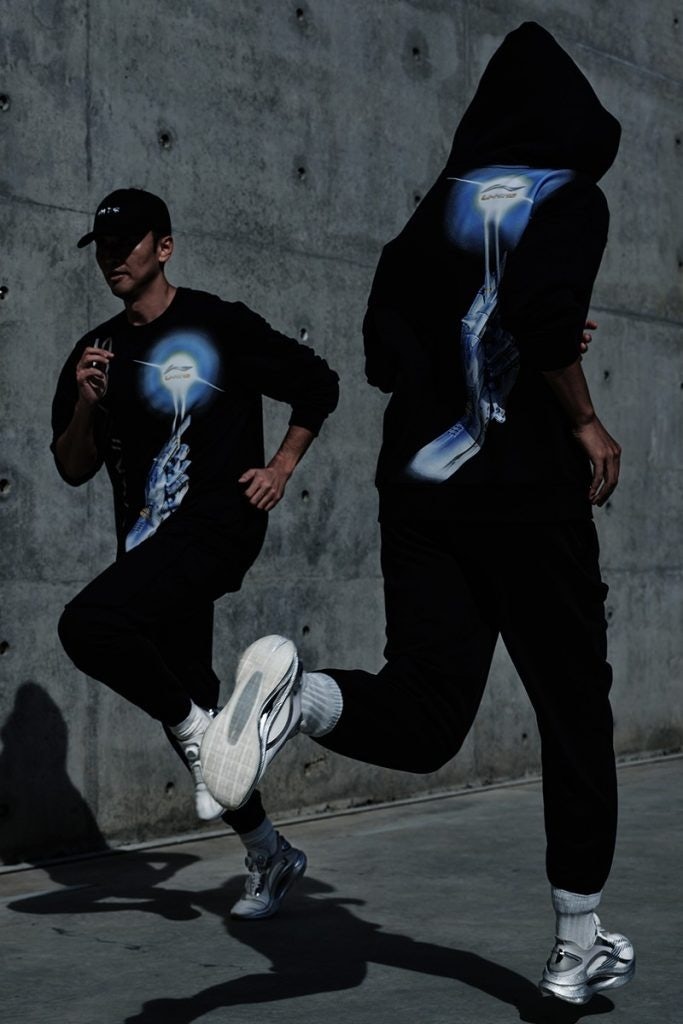
The days of art-world snobbery toward commercialization seem to be fading behind us, with brand collaborations becoming a marker of success and a route of established names. On top of that, releasing t-shirts or products can make art more accessible to a wider audience. As Sorayama told Jing Collabs & Drops: “I am not interested in material things. However, if someone cannot buy one of my artworks, they can buy my clothing collaborations and familiarize themselves with my work in that way, so that is good!”
In 2021, there were no boundaries to cross when it came to brand-artist collaborations. Therefore, the next stage will be ensuring that they are meaningful, functional, and organic. Founder and creative director of Colette, Sarah Andelman, put it simply when discussing the Mickey Mouse x Damien Hirst x Swatch as her chosenModern Collectible: “Everything is possible. There is no limit on how any brand or artist can collaborate. Now, people get it and want this kind of crossover.”
For more analysis on the latest Collabs and Drops, sign up for the newsletter here.
